Description
The Plant
The BETULA pendula ssp. pendula ‘Karaca’ (R) is a fascinating silver birch. Indeed, the leaves are extremely fine, like lace. One could even describe them as clusters of threads. They resemble those of certain Japanese maples without the drawbacks, as it is a very hardy plant.
Associated with cascading branches, this tiny tree stands out with an elegant, light, and graceful appearance. As a result, it is perfectly suited for Japanese gardens and container planting to create romantic atmospheres.
Moreover, its very slow growth results in a tree that will not exceed 2 meters in height with a ground footprint of about 1.50 meters after many years. It is thus much smaller than the type species.
Finally, in autumn, its foliage takes on an intense yellow color to enhance the spectacle.
As it ages, the bark begins to exfoliate, developing a dark and rough texture. This creates a striking contrast with the delicate foliage.
To see all the BETULA currently available for sale, please click here.
How to plant and care for BETULA pendula ssp. pendula ‘Karaca’?
To make the most of this very hardy plant (resistant below -20°C), here are some points to consider:
Planting
- Choose a location in full sun or partial shade.
- This small tree tolerates moist and moderately moist soils. Choose a location that is humid, fertile, and well-drained.
- The soil can be light, medium, or heavy with an acidic, neutral, or calcareous pH.
- For proper preparation of the planting hole, we have designed specific instructions available here.
Care
Apart from the usual recommendations to follow regular watering during dry periods for the first two years, this silver birch requires no special maintenance. Furthermore, discover here how to water your garden and save water.
ATTENTION! If you need to prune it, do so in January or February, and in any case before the sap rises. Otherwise, you risk “bleeding,” which can be dangerous for the plant.
History and Origin
The BETULA pendula ssp. pendula ‘Karaca’ was discovered in Turkey in 2000 by the Hungarian botanist Dr. László Orloci, who noticed its unique characteristics on the branch of a wild tree (see RHS). He then named it in honor of his friend, the Turkish plant hunter Hayrettin Karaca.
Otherwise, the type species BETULA pendula ssp. pendula Naturally grows in Europe, Siberia, Morocco, and northern Iran. It plays an important role in reforestation projects.
The wood is used for heating and construction.

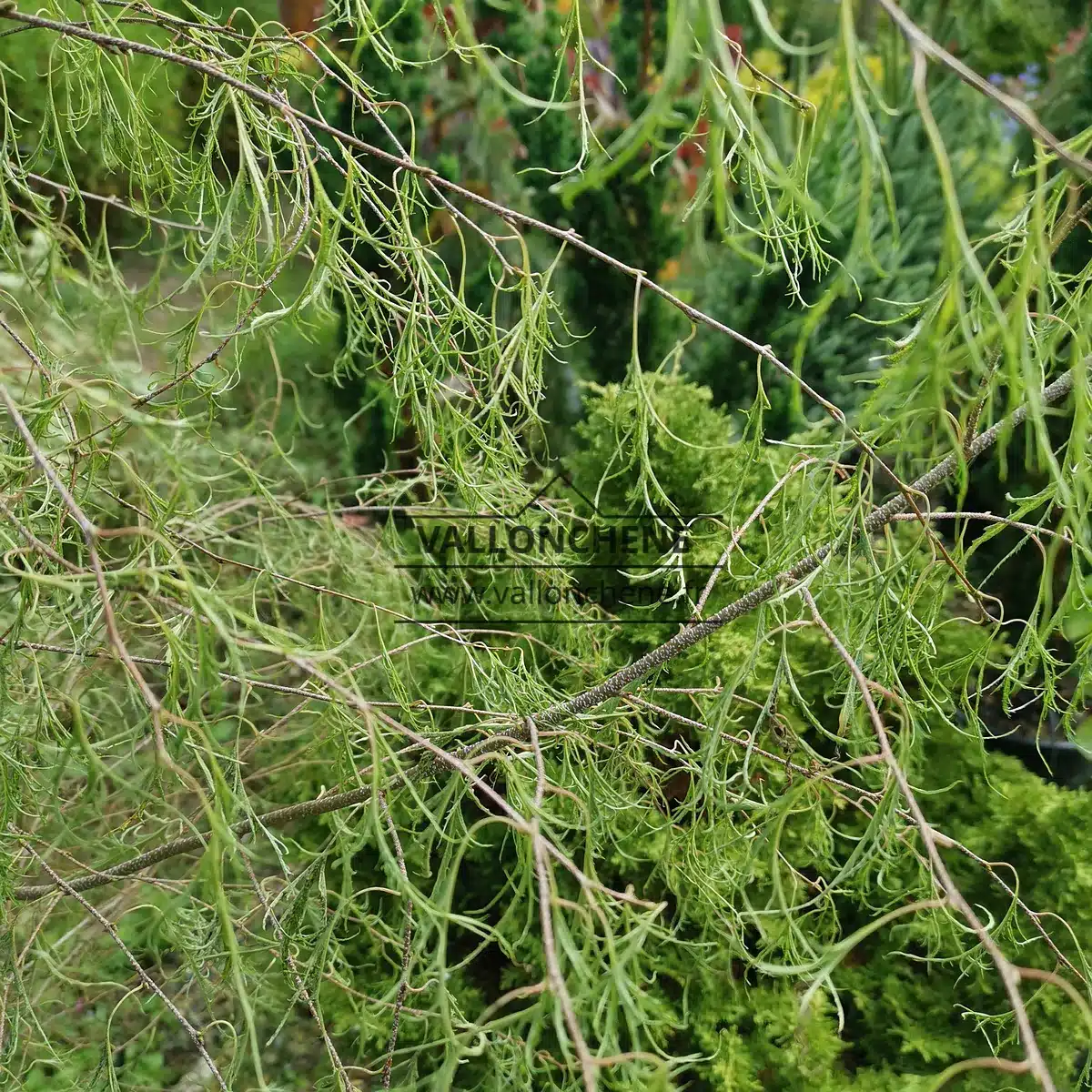
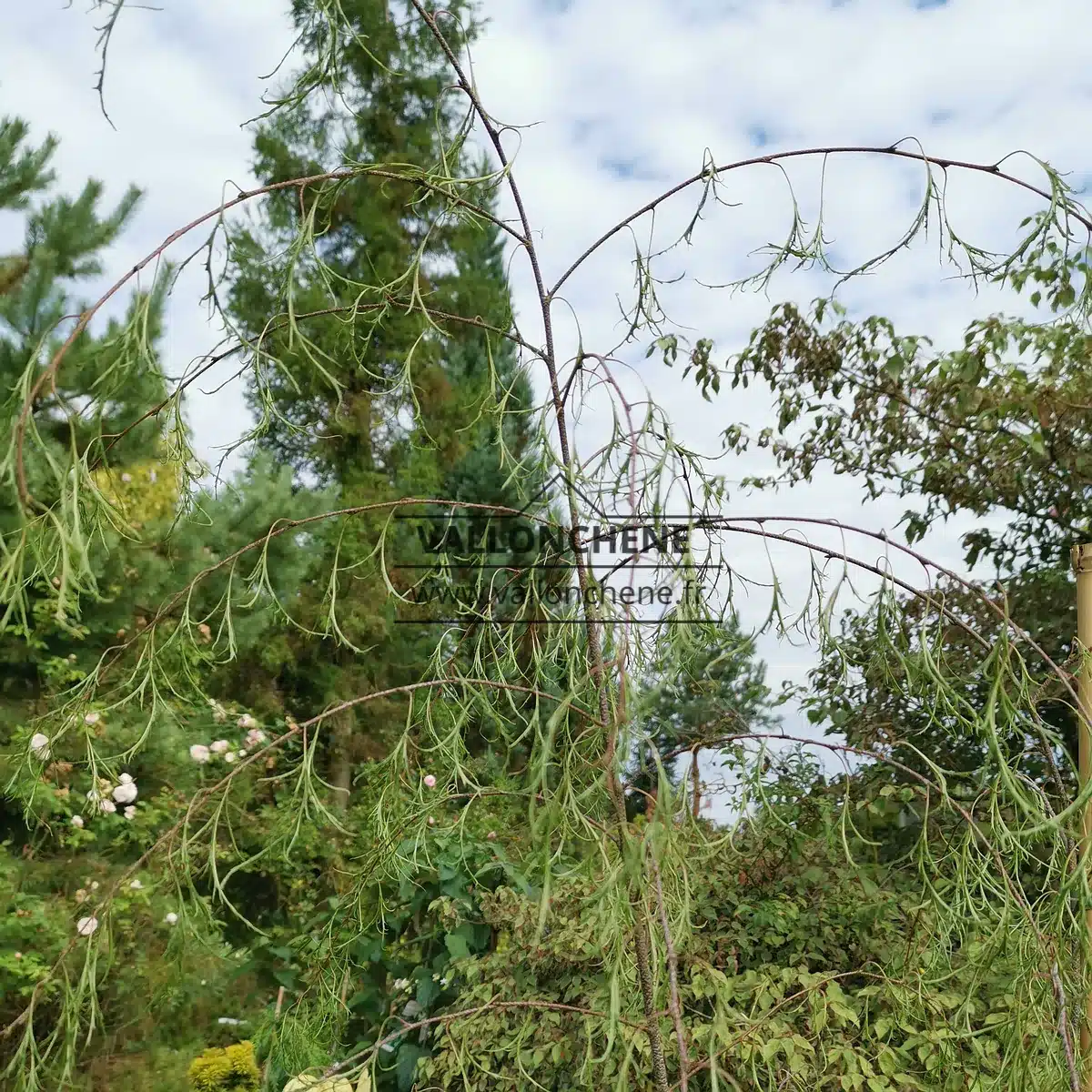
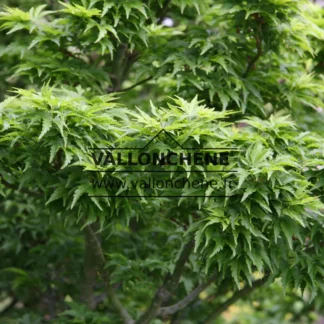
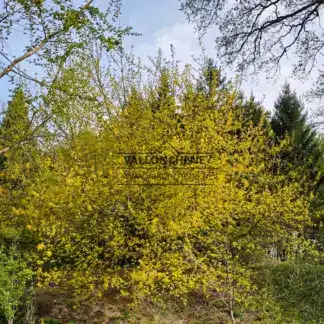
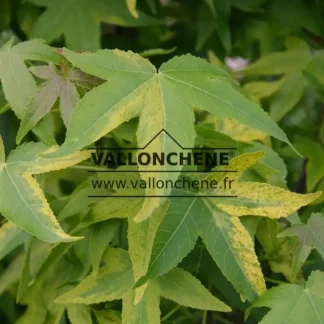

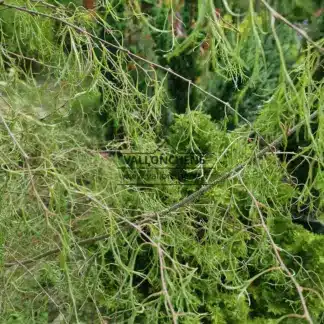
Reviews
There are no reviews yet.